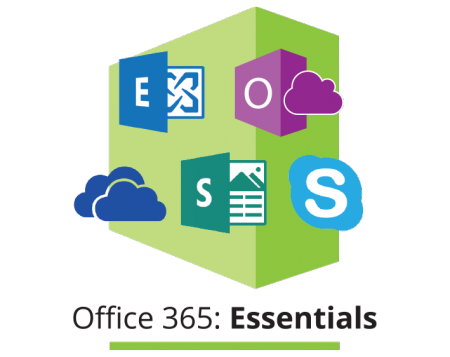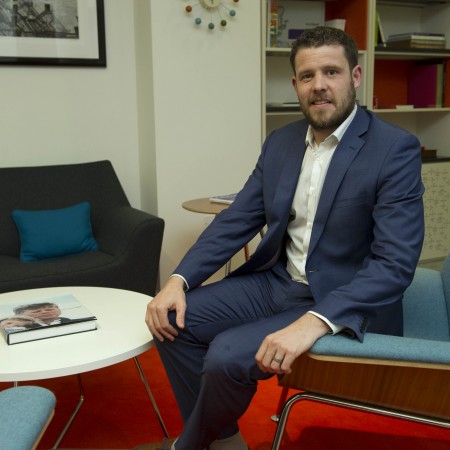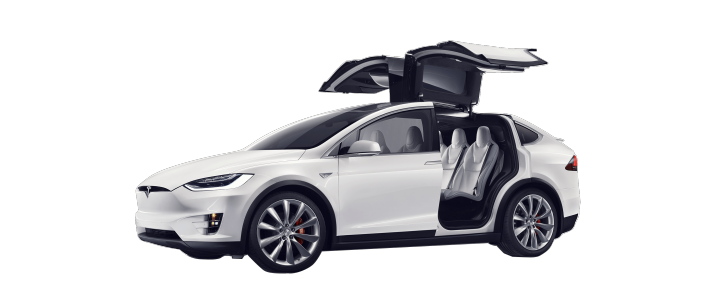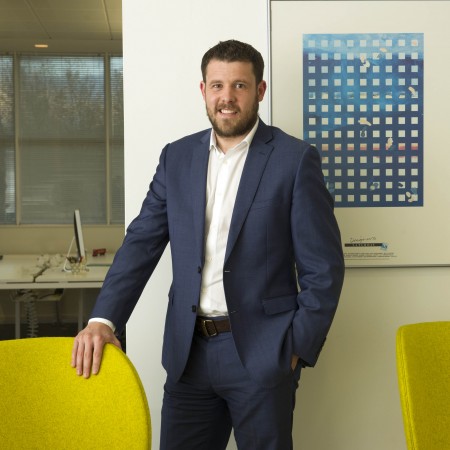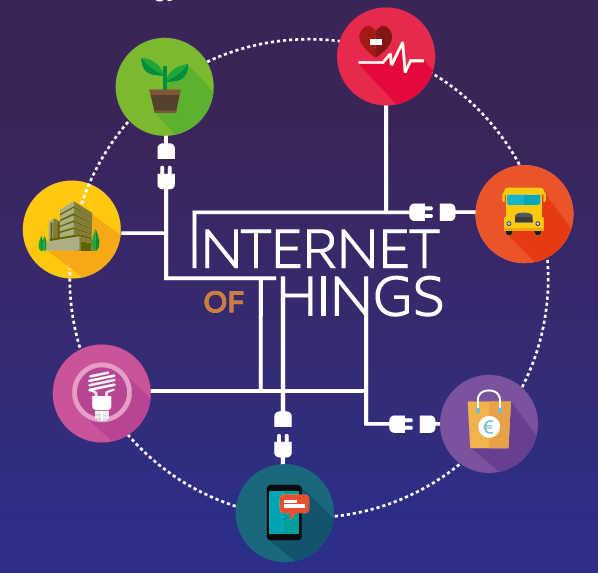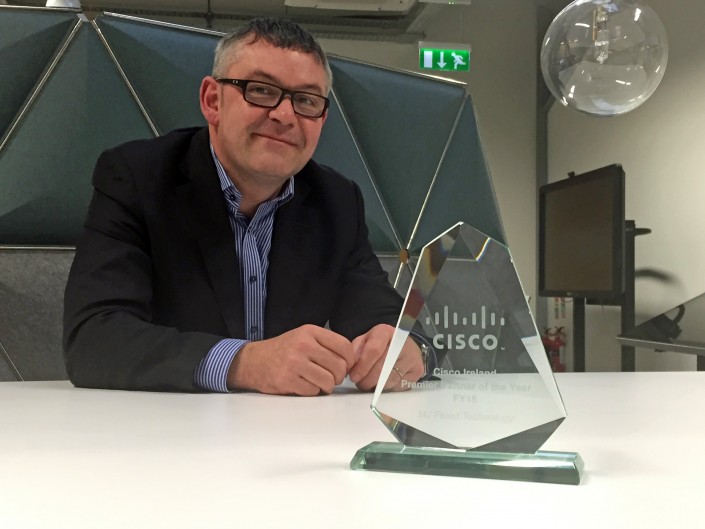by Guido Marchetti, cloud solutions lead, MJ Flood Technology
We’re a traditional IT company, selling a range of IT services which we wrap around a number of vendor technologies. And like most of the industry, we charge for those services as upfront capital expenditure.
But that’s about to change, with our launch of the country’s first Office 365 online store. This is the first online store of its kind that combines Office 365 licensing, setup and support services, payable through a low-cost, predictable monthly fee.
Why have we done this? The answer is simple; our customers want it.
We’ve seen a significant industry shift with software vendors moving from a capex model to software as a service and now hardware vendors are following suit with infrastructure as a service. Capex payment models are out of vogue. Customers are demanding opex models, which give them flexibility and protect cash reserves.
And these opex models, typically based on cloud services, also allow customers to scale up and down to suit their operational requirements if the billing platform is monthly (and most are). Customers ranging from the smallest micro business to the largest enterprise are now migrating the delivery of IT services to these models.
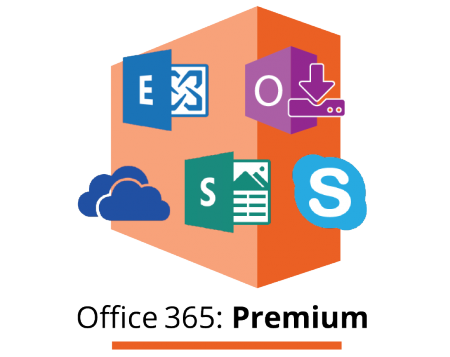
But there’s one element that has thrown a ‘spanner in the works’, so to speak. And that relates to the services portion of any project. It’s great being able to buy infrastructure or software as a service, but what about the IT services required to configure all of this?
Well, to overcome this challenge, we’ve taken a leaf or two from the telco book.
We’ve worked with a number of pan-European telcos over the past number of years. Their raison d’etre is to sell fixed/mobile minutes via monthly billing. But they’re increasingly moving their business model to full service ICT providers and they’re taking their traditional monthly billing model with them.
This gave us great insight into the customer journey and the engines required to deliver this. Telcos have clever ways of making costs ‘easier to swallow’ and this approach, together with our recent appointment as a Microsoft CSP (Cloud Services Platform) partner (one of very few on the island of Ireland), gave us the freedom and flexibility to disrupt the market and revolutionise the way in which customers pay for software, hardware and related IT services.
We’ve now created a model that allows customers to pay for their software (in this case Office 365) and their services, as a subscription-based, predictable monthly fee. It negates the need for upfront investment in IT and commoditises IT service delivery, in the same way customers pay for light, heat and power. IT services are just another utility and we’ve wrapped everything into a single bundle with a per user fee that can scale up or down, depending on our customers’ requirements.
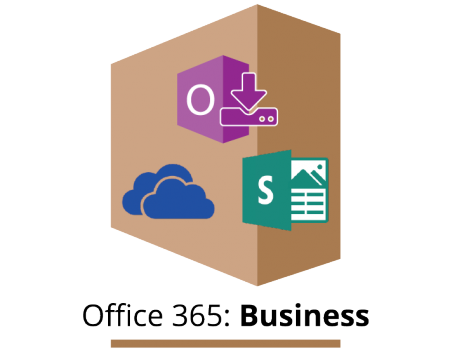
And it’s all self-service. Customers can go online, add licenses or purchase additional services, such as premium telephone support to accompany them through their product lifecycle.
We’re the first IT services reseller to have this all-inclusive offer in the market and we are excited about how this model will evolve into the future, as other hardware and software solutions are added. Watch this space for some more innovative service offerings that are aligned to the new IT model of subscription based transactions.

